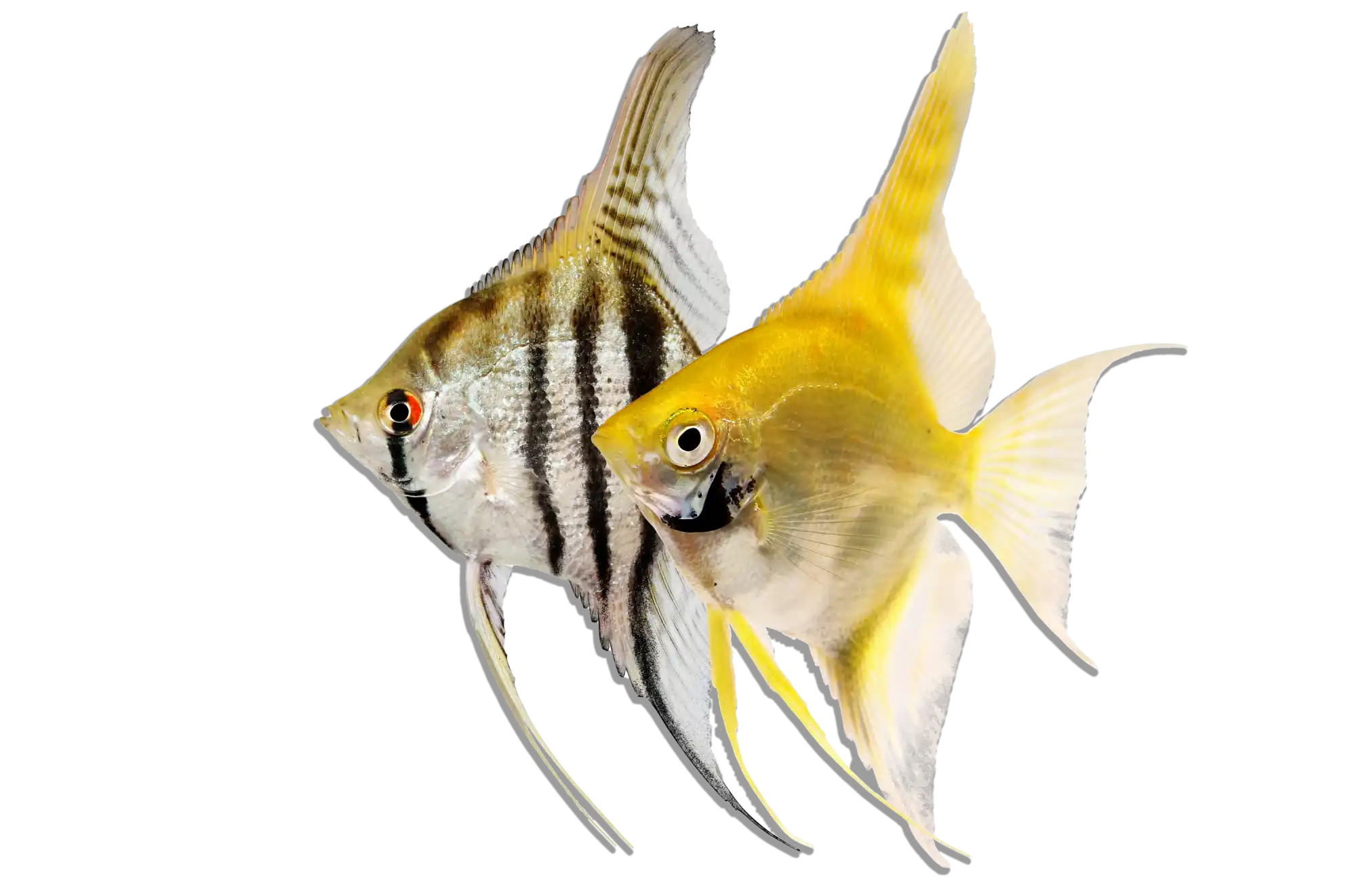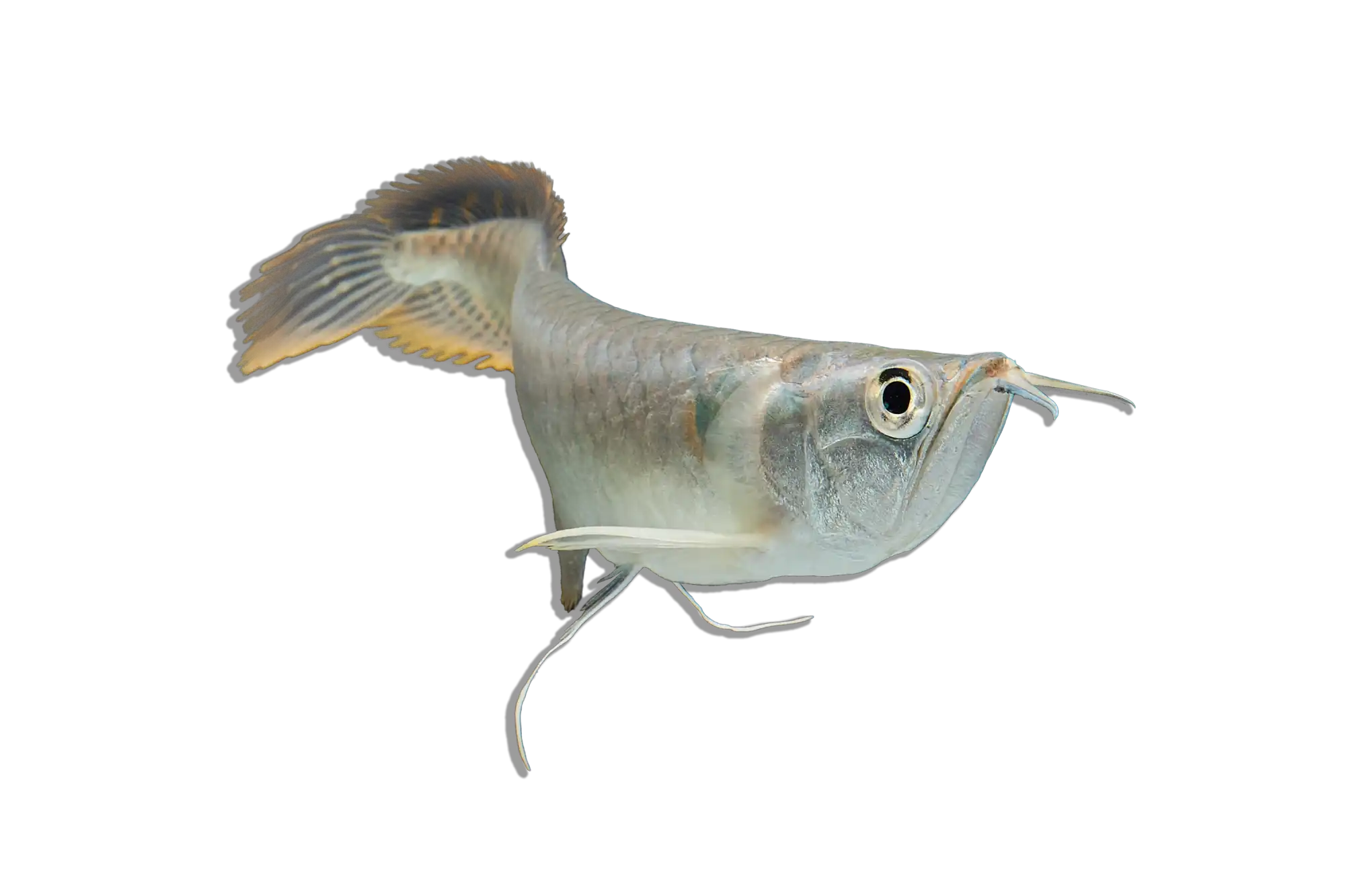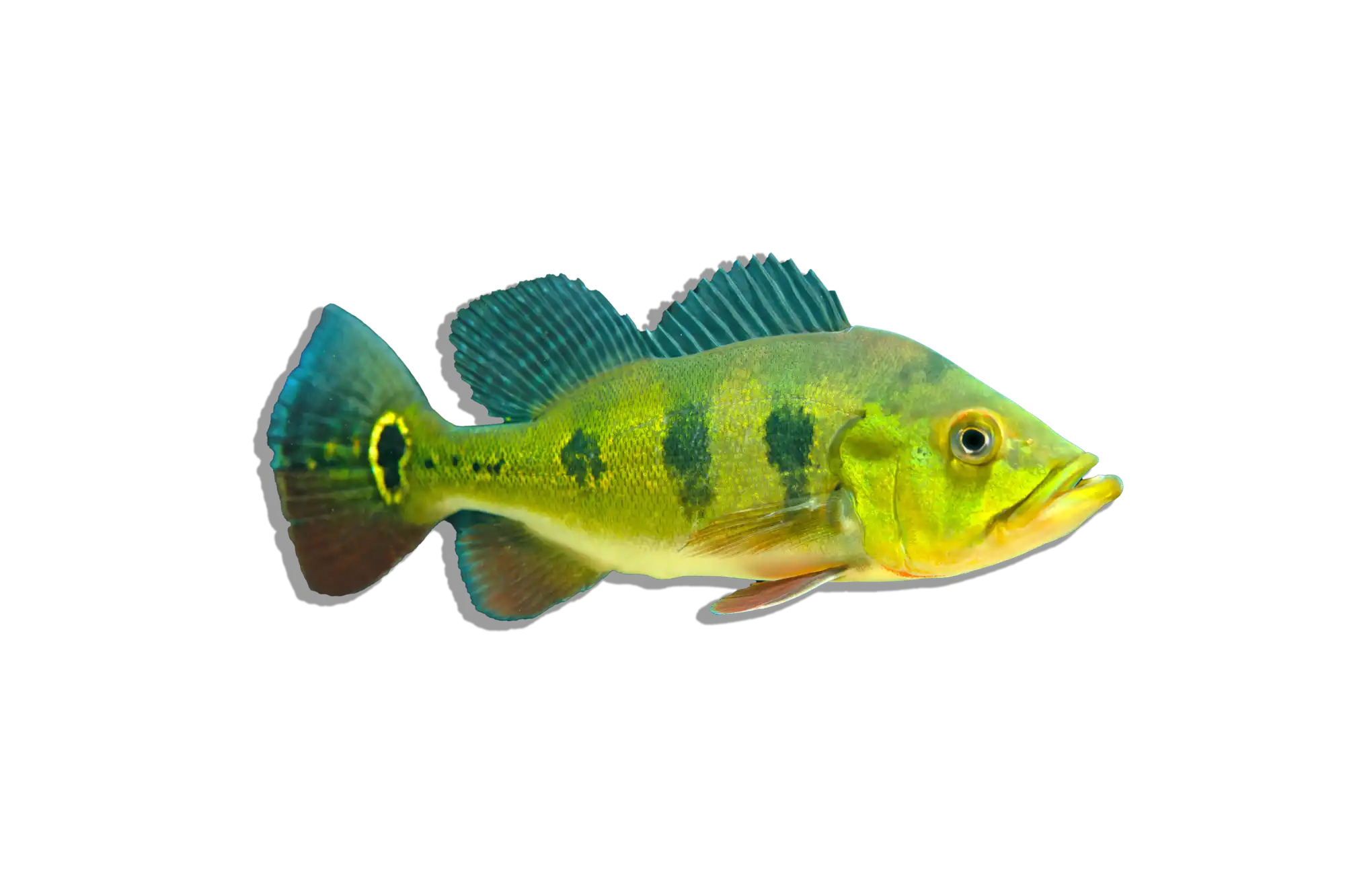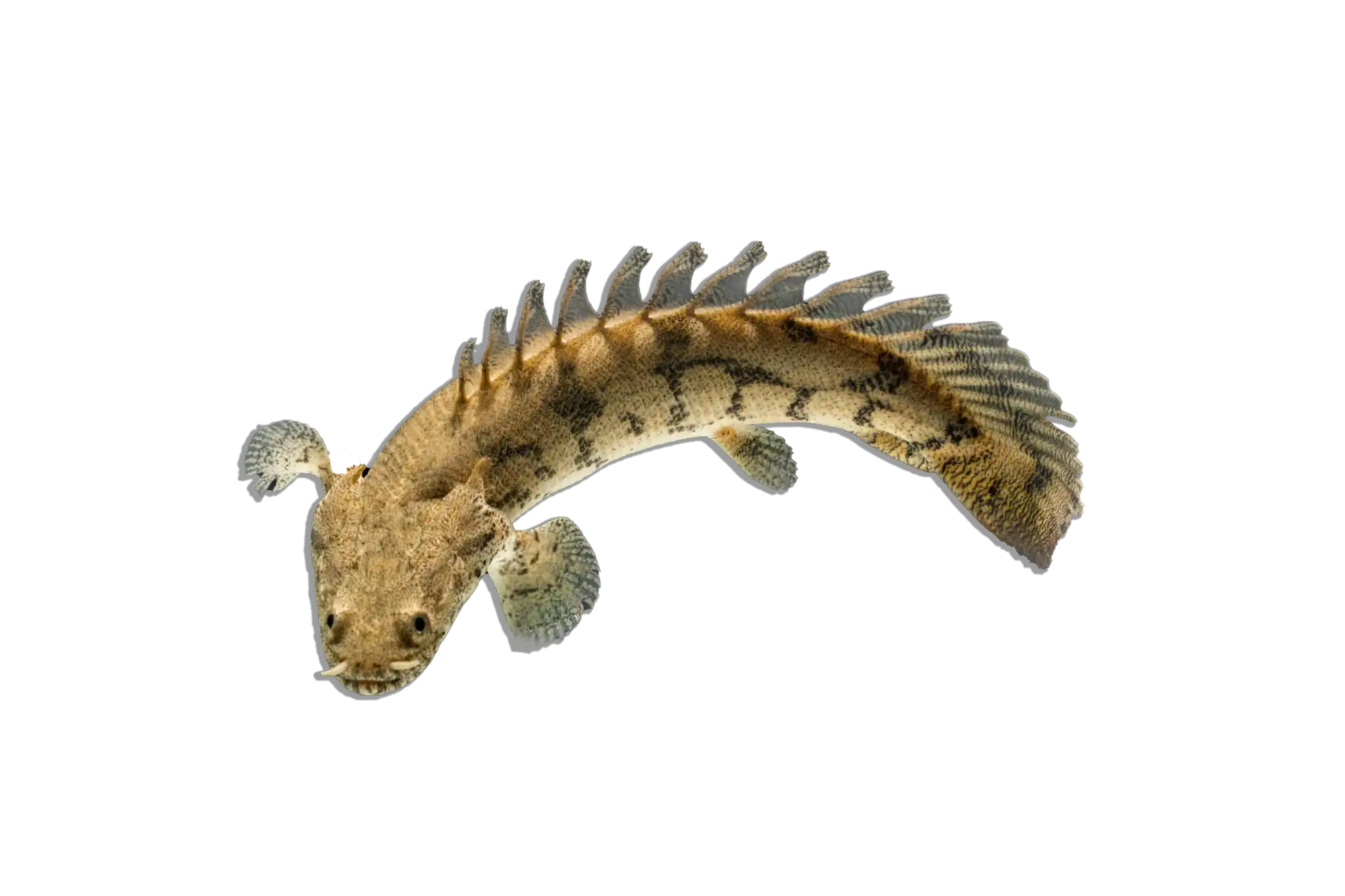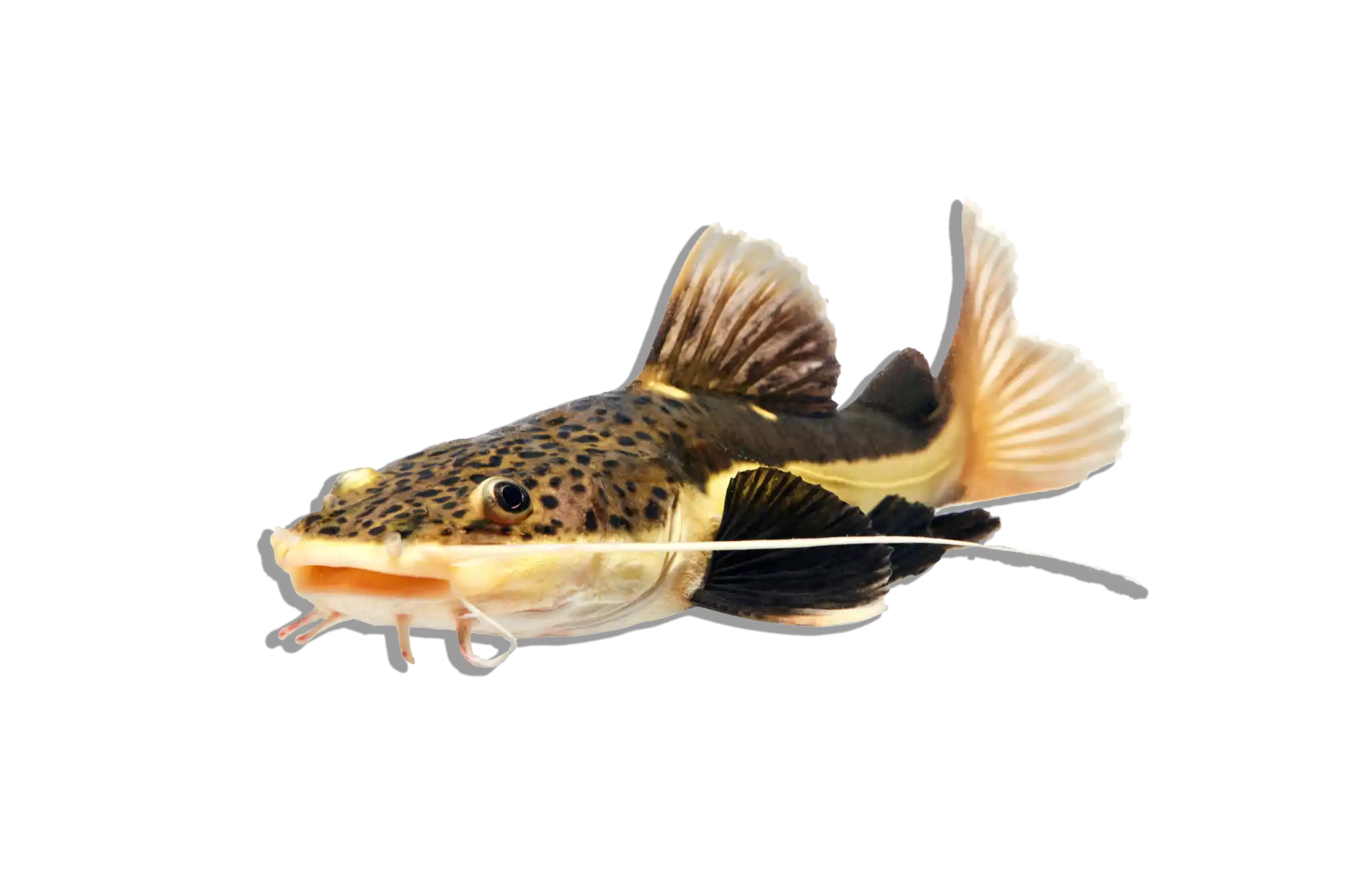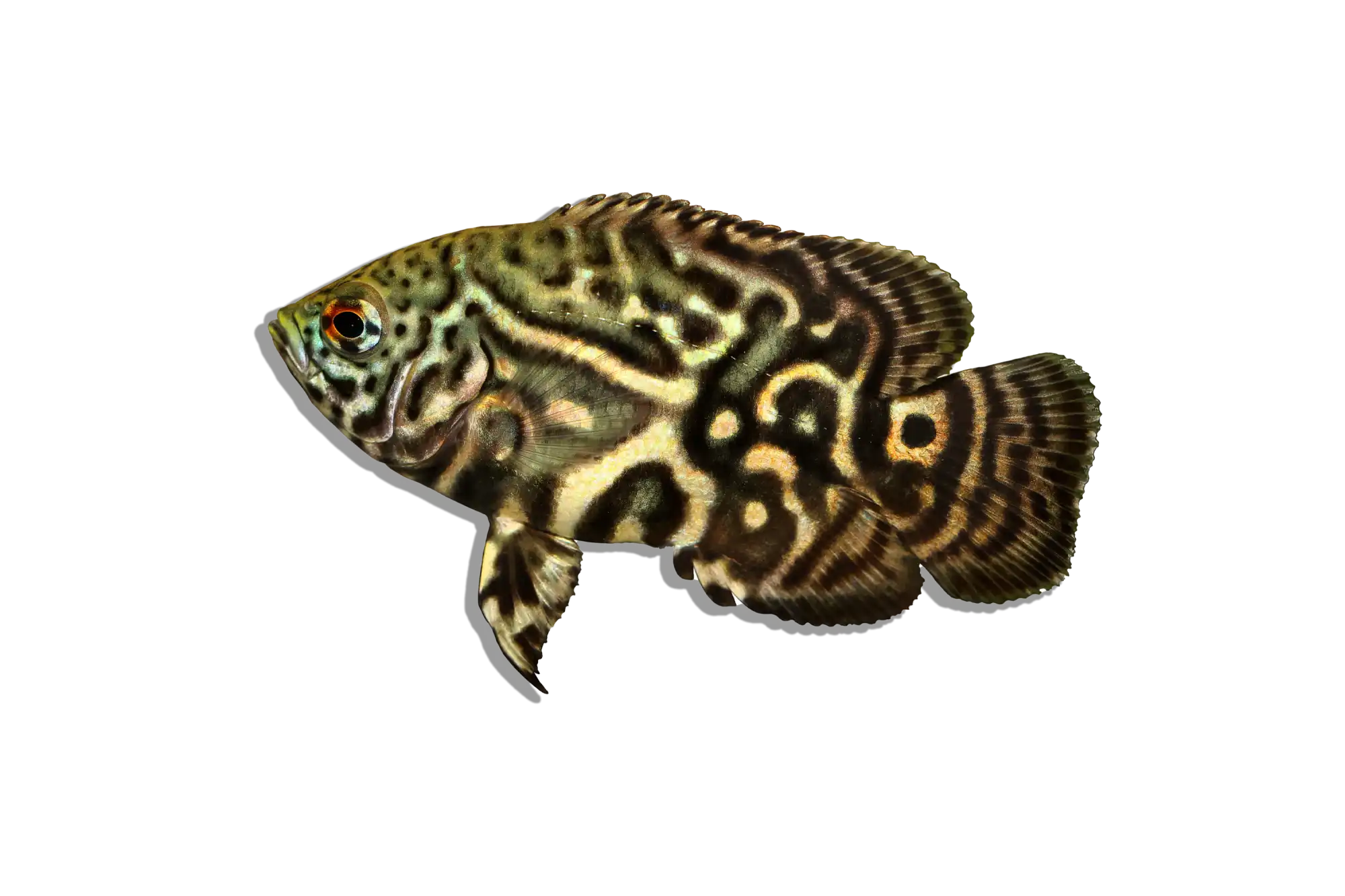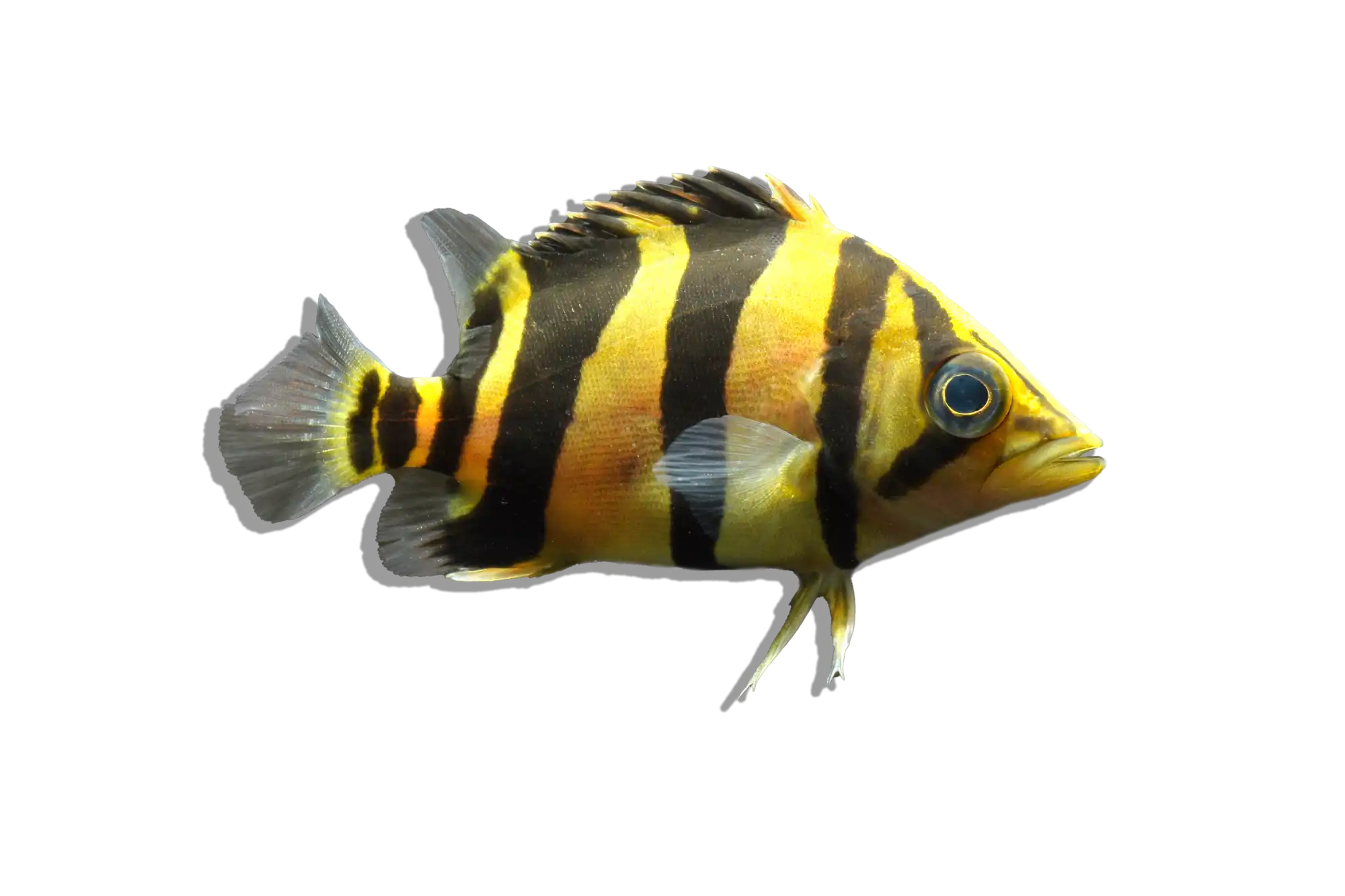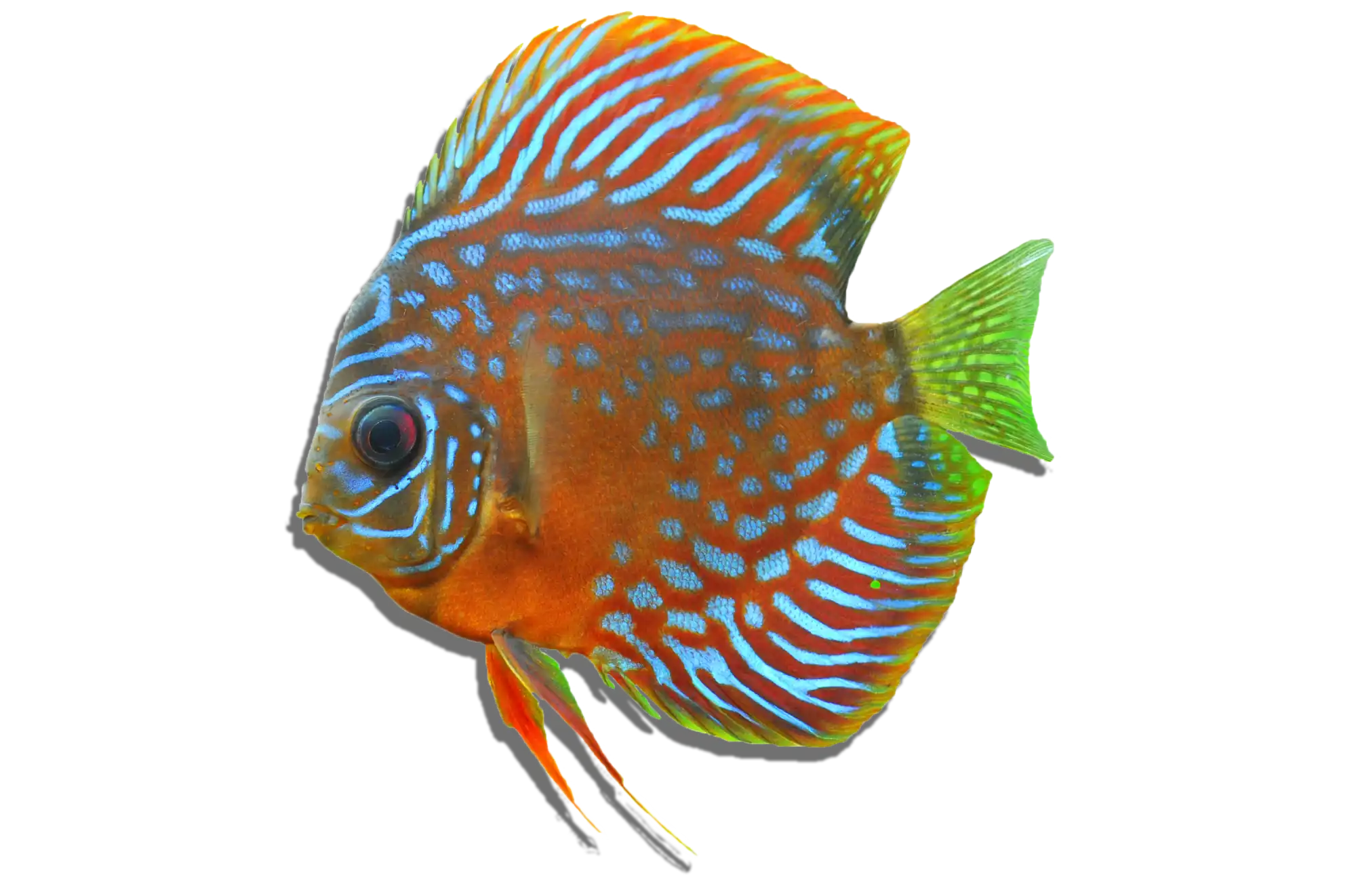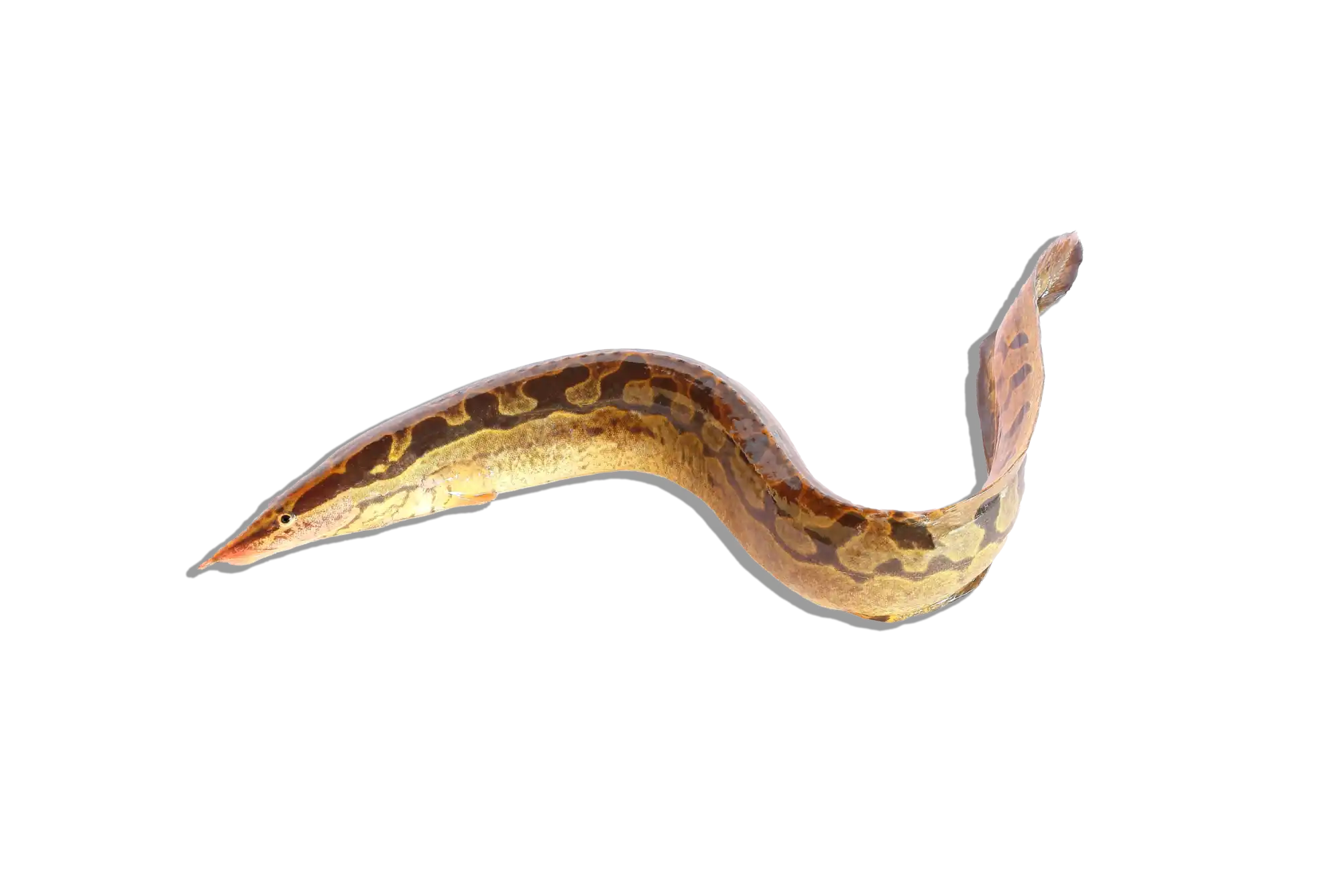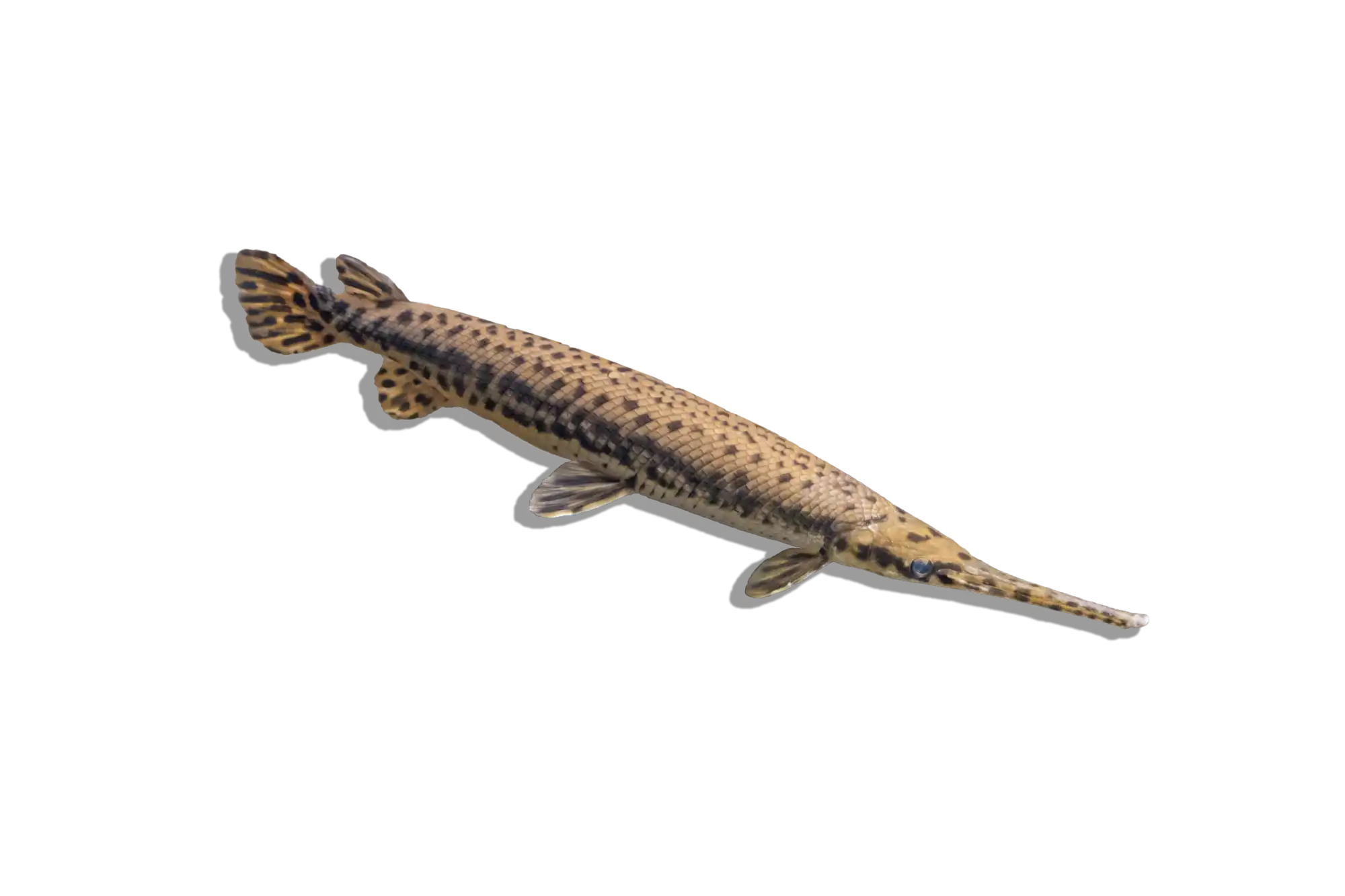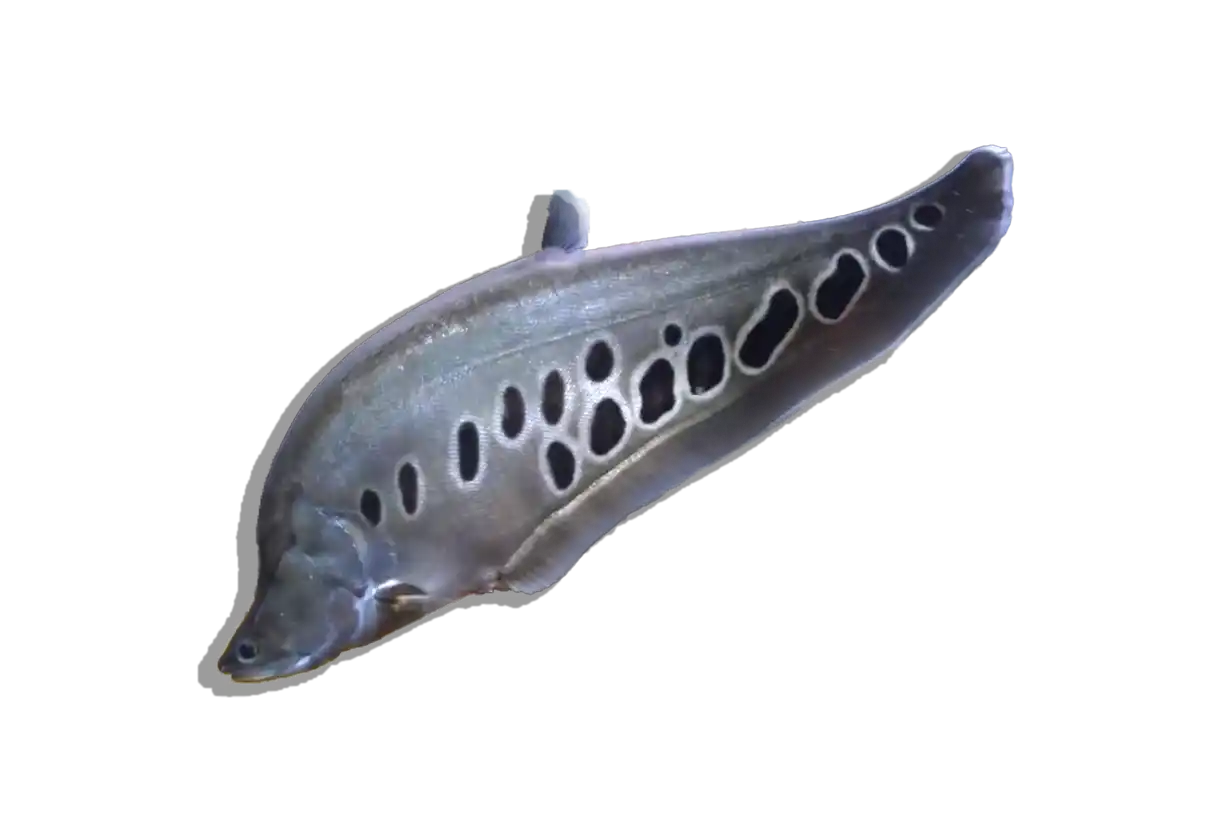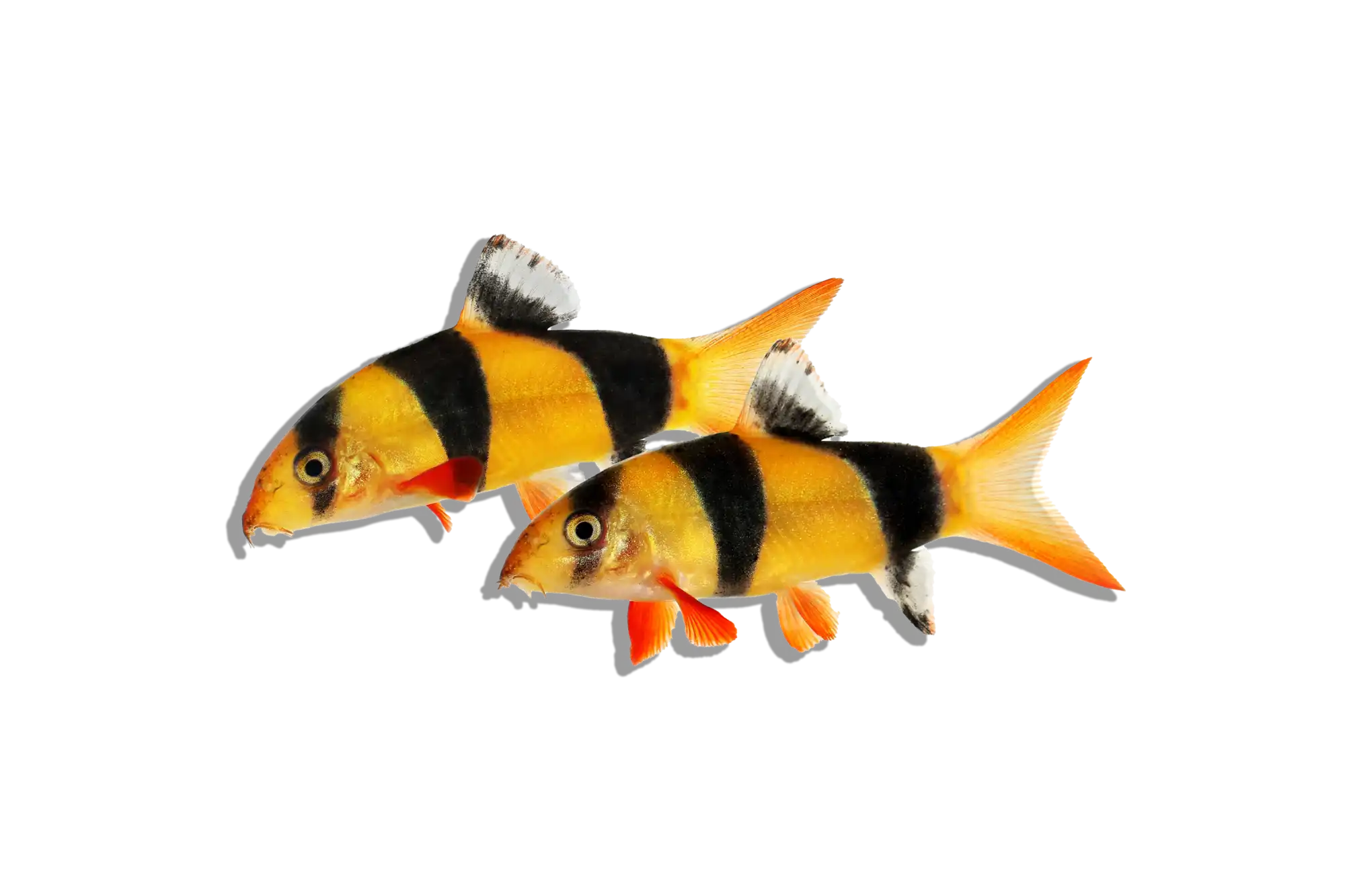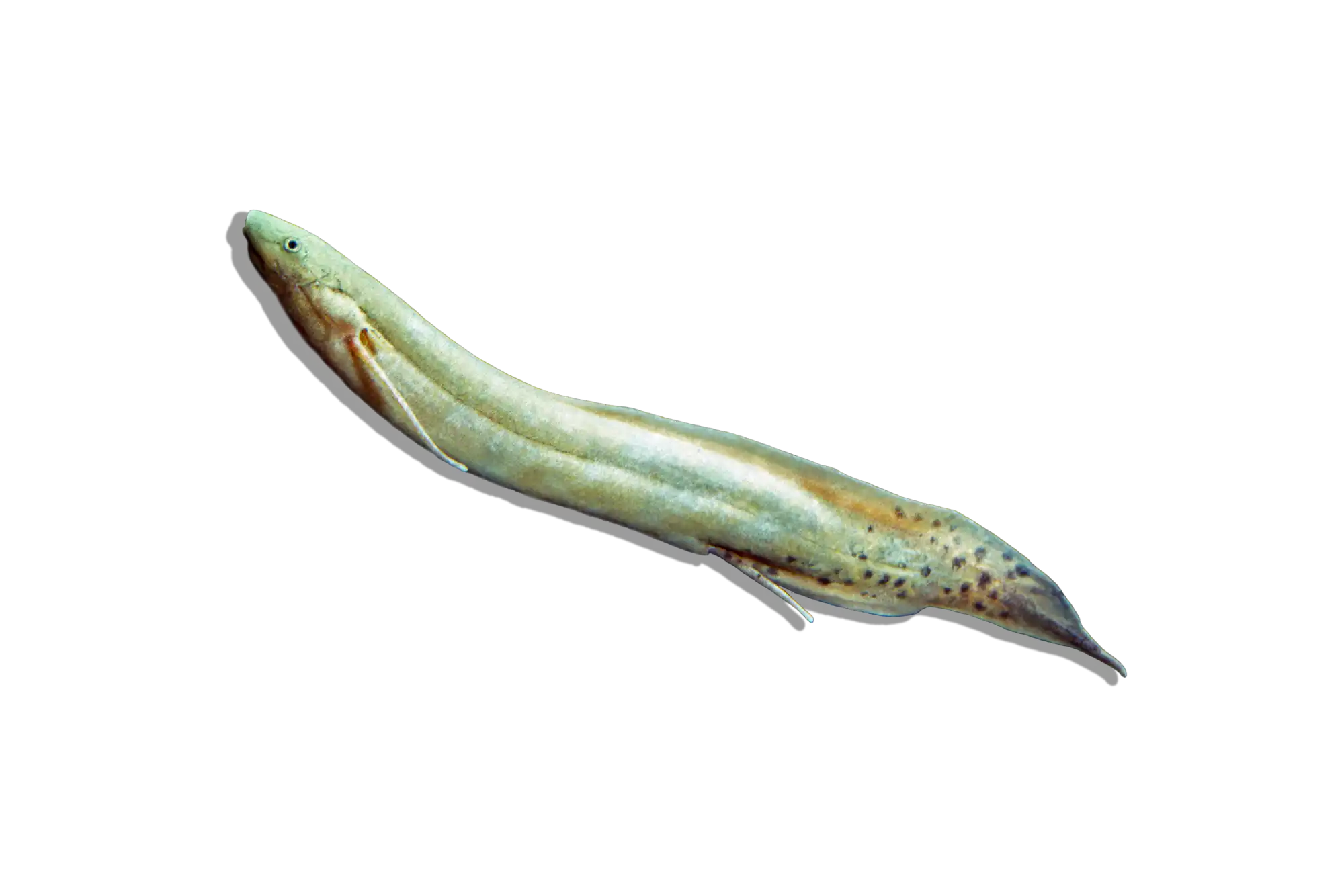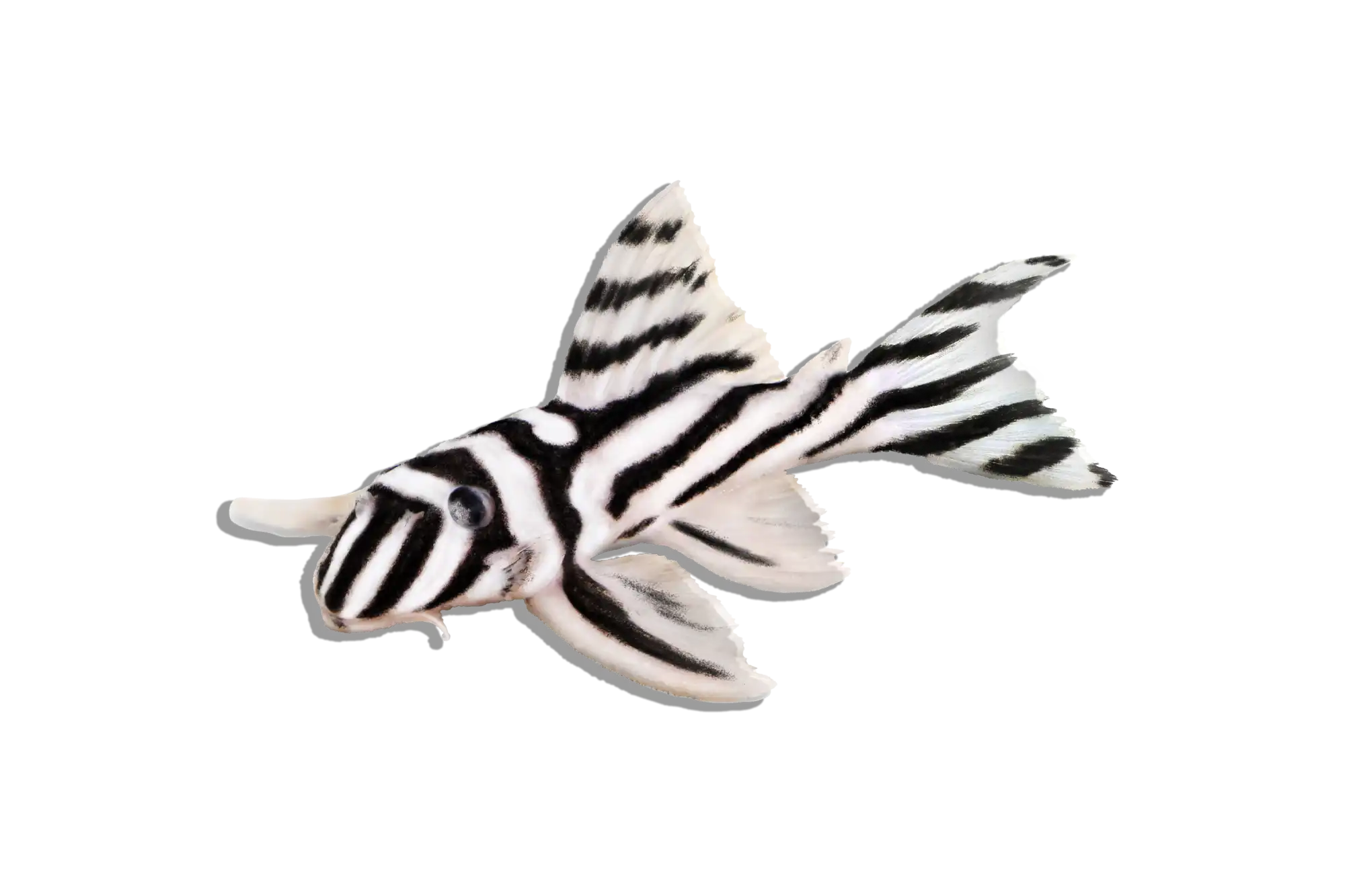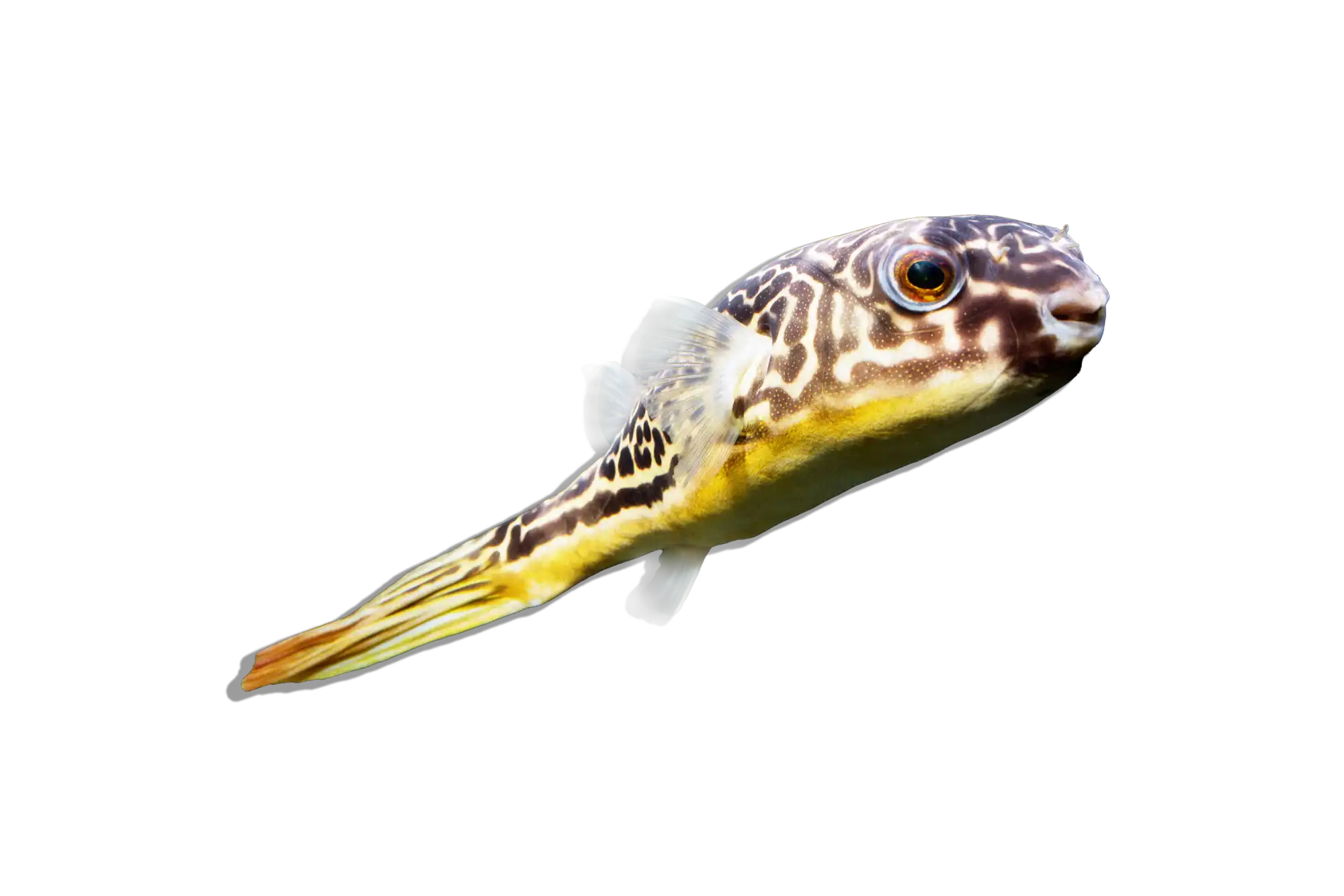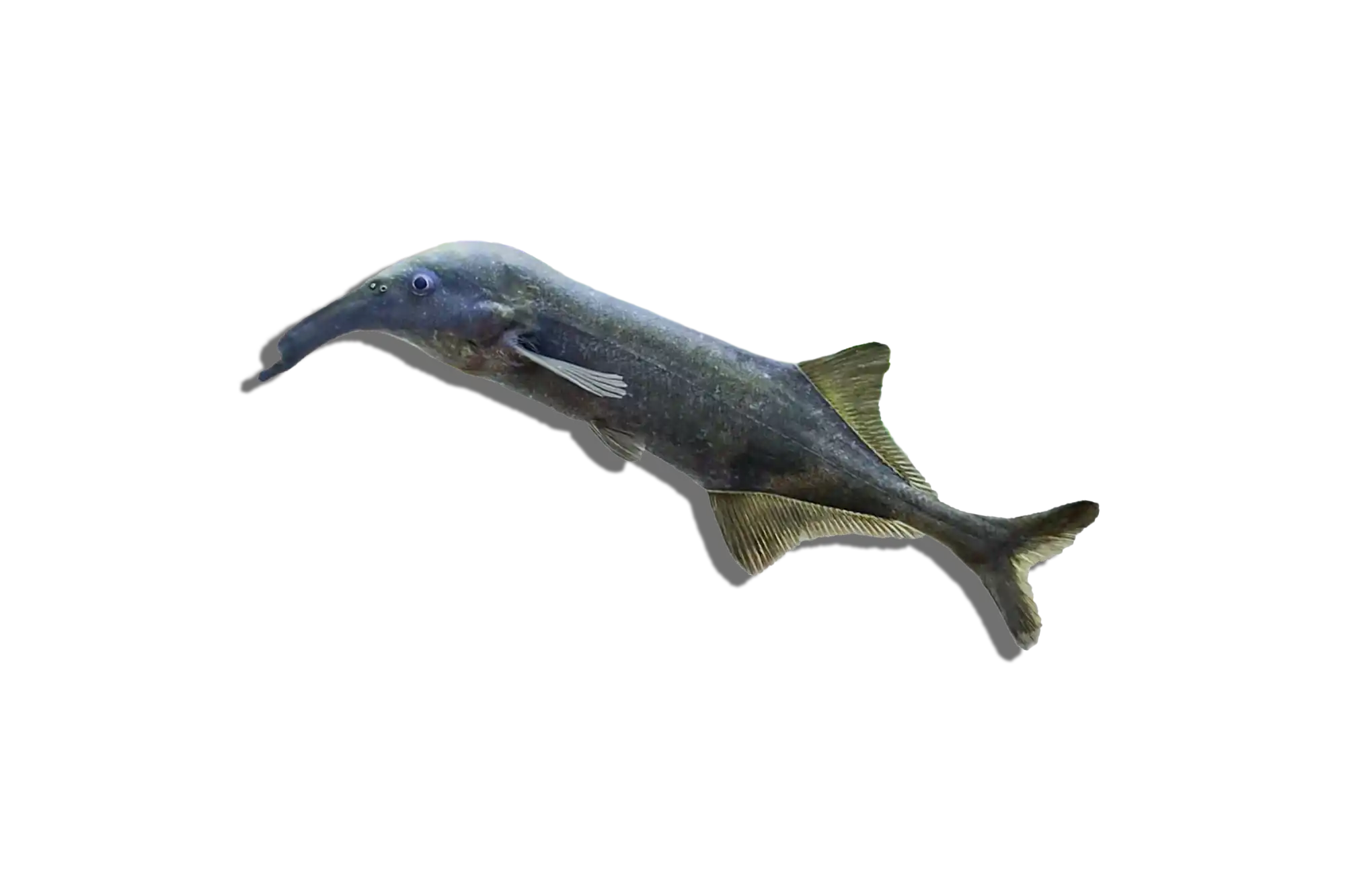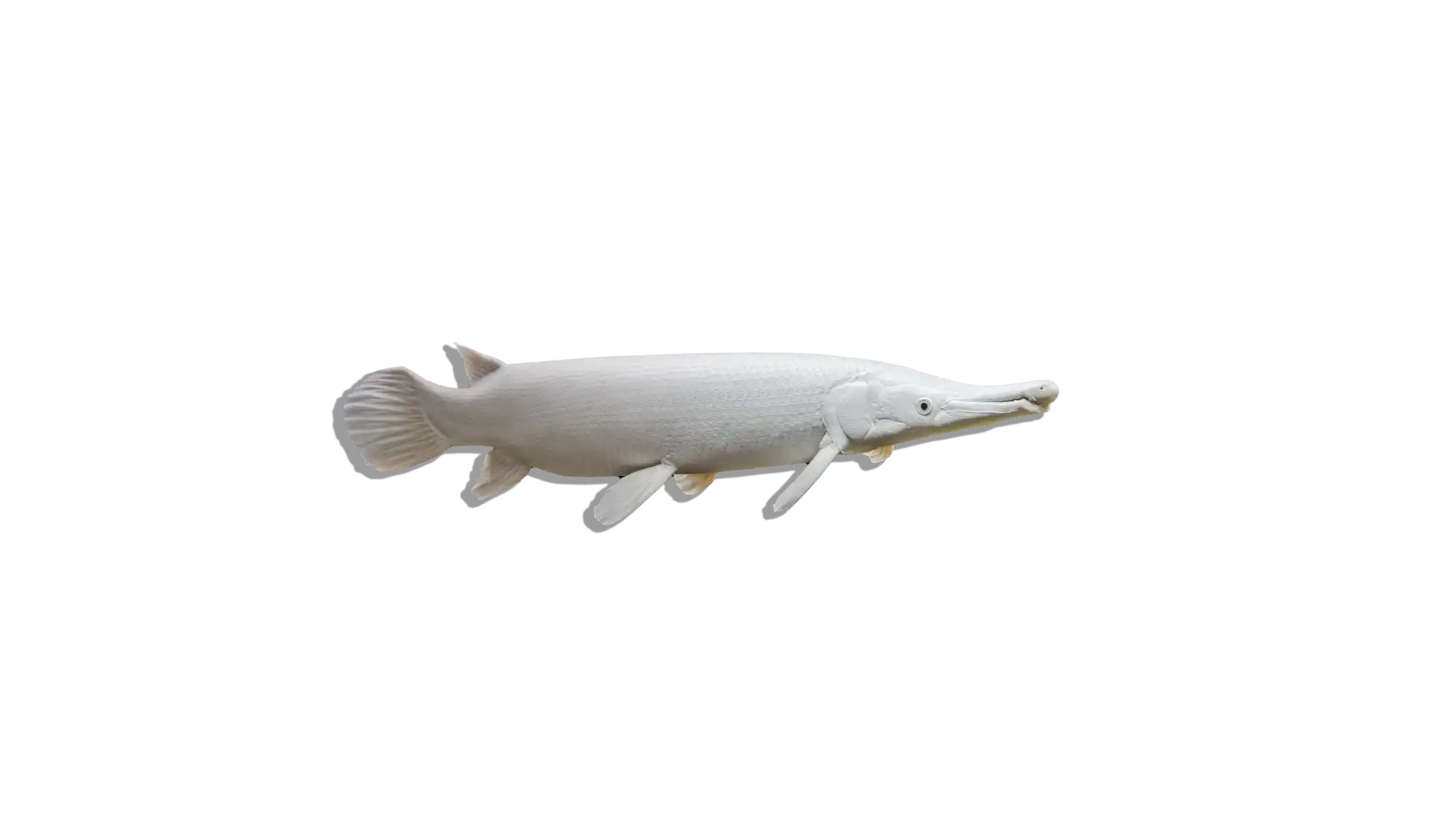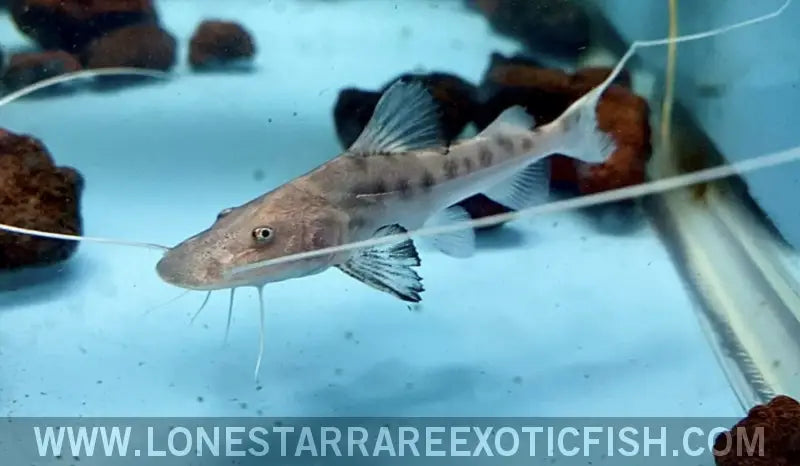Description
Common Name: True Piraiba Catfish
Scientific Name: Brachyplatystoma filamentosum
Other Names: Goliath Catfish, Lau-Lau
The True Piraiba Catfish is one of the largest and most formidable freshwater fish in the world. It is known for its impressive size, powerful build, and predatory nature. This species has a sleek, elongated body with a distinctively long and slender head. Its coloration is generally gray to silvery, with a pale underside. The True Piraiba's massive size and striking appearance make it a legendary fish among anglers and aquarists alike.
Habitat and Distribution: The True Piraiba Catfish is native to the Amazon and Orinoco River basins in South America, including countries such as Brazil, Peru, Colombia, and Venezuela. These catfish inhabit large rivers, deep channels, and floodplains, where they have access to a wide variety of prey. They prefer fast-flowing, well-oxygenated waters and are often found in areas with sandy or muddy substrates. The natural habitat is characterized by warm, soft to moderately hard water with seasonal fluctuations.
Size and Lifespan: In the wild, True Piraiba Catfish can grow up to 12 feet (3.6 meters) in length and weigh over 400 pounds (180 kilograms). In captivity, they typically reach smaller sizes due to space limitations but can still grow to an impressive 4-6 feet (1.2-1.8 meters) or more. Their lifespan can range from 15 to 20 years, with proper care and optimal conditions. Providing a suitable environment and diet is crucial for their longevity and well-being.
Diet and Behavior: True Piraiba Catfish are opportunistic carnivores with a diet that includes fish, crustaceans, and other aquatic animals. In the wild, they are known to consume a wide variety of prey, including large fish and even small mammals that venture too close to the water. In captivity, they should be fed a diet of large, meaty foods such as fish fillets, shrimp, and other high-quality protein sources. Due to their size and predatory nature, they require substantial amounts of food, especially as juveniles. These catfish are generally solitary and can be highly territorial and aggressive towards other fish.
Breeding and Reproduction: Breeding True Piraiba Catfish in captivity is extremely challenging and rarely accomplished due to their enormous size and specific environmental needs. In the wild, they undertake long migrations to spawn in specific areas of the river, where they release large quantities of eggs that drift downstream. Successful breeding in captivity would require a massive, specialized setup that closely mimics their natural habitat, including seasonal changes in water conditions and flow.
Aquarium Care and Tank Requirements: Keeping True Piraiba Catfish in captivity is only feasible for very large public aquariums or private collections with extensive resources. A tank of at least several thousand gallons is necessary to provide adequate swimming space and accommodate their potential size. The tank should include strong water flow, efficient filtration, and regular water changes to maintain water quality. A sandy or fine gravel substrate is ideal, along with large, sturdy hiding spots created with rocks or driftwood. Providing a naturalistic environment with plenty of space is crucial to prevent stress and ensure their health.
Ideal Tank Mates: Due to their predatory nature and massive size, True Piraiba Catfish are best kept alone or with other very large, robust fish that can withstand their presence. Suitable tank mates might include other large catfish or robust fish species that are not easily intimidated or consumed. It is important to avoid housing them with smaller fish, as they will likely become prey.
Difficulty Level: Expert. True Piraiba Catfish require extensive space, specialized care, and significant resources to maintain in captivity. They are best suited for experienced aquarists or public aquariums with the capability to meet their demanding needs.
Water Parameters:
- Temperature: 75-82°F (24-28°C)
- pH: 6.0-7.5
- General Hardness (GH): 3-12 dGH
- Carbonate Hardness (KH): 2-6 dKH
- Ammonia: 0 ppm (ideal), up to 0.25 ppm (max)
- Nitrite: 0 ppm (ideal), up to 0.25 ppm (max)
- Nitrate: <20 ppm (ideal), up to 40 ppm (max)
Additional Information:
- The True Piraiba Catfish's enormous size and predatory nature make it a legendary species among freshwater fish enthusiasts and anglers.
- These catfish are known for their strength and endurance, often putting up a significant fight when caught, making them a prized catch in sport fishing.
- In their natural habitat, True Piraiba Catfish play a crucial role as apex predators, helping to maintain the balance of the aquatic ecosystem by controlling populations of smaller fish and other prey species.
- Fun fact: The True Piraiba Catfish is sometimes referred to as the "Freshwater Swordfish" due to its impressive size and predatory prowess.

